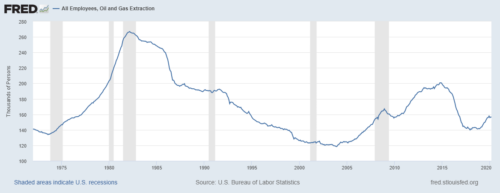April 20, 2020 marks the tenth anniversary of one of the most horrific incidents in the upstream oil and gas sector—Deepwater Horizon. In addition to the tragic loss of eleven lives, the sector forever changed. Immediate restructuring of federal oversight resulted in the establishment of the Bureau of Safety and Environmental Enforcement (BSEE) and their subsequent Safety Culture Policy.
The industry changed too. One of the first efforts following Macondo was the formation of the Marine Well Containment Company. Its mission is to rapidly respond to Deepwater incidents in the Gulf of Mexico. Subsequent organizations are also positioned around the world.
Moreover, the industry embraced Safety Culture and continues to improve based upon Systemic Safety Cultures across organizational ecosystems. These processes are incorporated into Operations Management Systems that incorporate SEMS as part of Operational Excellence Initiatives.
In 2014, the sector faced another slap in the face with the collapse of oil prices, yet again. Now it is the double whammy of the Covid-19 pandemic coupled with the price war between Russia and Saudi Arabia.
Darkest Before the Dawn
Each time the industry is forced to retrench, it follows a predictable pattern. Reduction in force (layoffs), corporate restructuring and turning to technology are among the most common steps.
This chart from the Federal Reserve Bank of St. Louis shows the employment levels for the upstream sector since the early 1970s. One can make the case that the level of employment in the sector is flat at best. One likely cause is automation and the extensive use of information technology to manage the business.

Note: This chart is current as of March 2020
In 1970, the US population was a little more than 205 million. Now it tops 330 million. This supports a hypothesis that the per capita employment by the sector is decreasing. We expect this to continue.
The Digital Oilfield marches on with the advent of IT-OT Convergence, Digitalization, etc. This process has been underway since at least the late 1970s with the advent of the first computerized data acquisition systems. Likely, much longer if one considers for example, the invention of electric well logging by the Schlumberger brothers in 1926.
Certainly, other technological advances have contributed as well. The often maligned fracturing the rock traces its roots back the beginning of the industry (circa 1862). Contemporary hydraulic fracturing was started by Halliburton in 1949 and shale ‘fracing’ by Mitchell Energy & Development Corporation during the 1990s.
While we have not done the detailed research, historically oil companies have outsourced to engineering firms, IT companies and others that provide a service as opposed to full time employees. Today’s disrupted employees may find better careers in the emerging sectors that support petroleum operations as well as other sectors.
Schumpeter’s Creative Destruction is a work in ‘the patch’ today. A lot has happened in the Deepwater Horizon incident. Here’s to calmer waters this next ten years!
How Are You Positioning Your Career to Capitalize on Disruption?
For More Information
Please note, RRI does not endorse or advocate the links to third-party materials. They are provided for education and entertainment only.
For more information on Cross Cultural Engagement, check out our Cross Cultural Serious Game
We presented, Should Cross Cultural Serious Games Be Included in Your Diversity Program: Best Practices and Lessons Learned at the Online Conference, New Diversity Summit 2020 on April 9, 2020. The summit will be offered again soon. Check it Out!!
You can contact the author as well.

